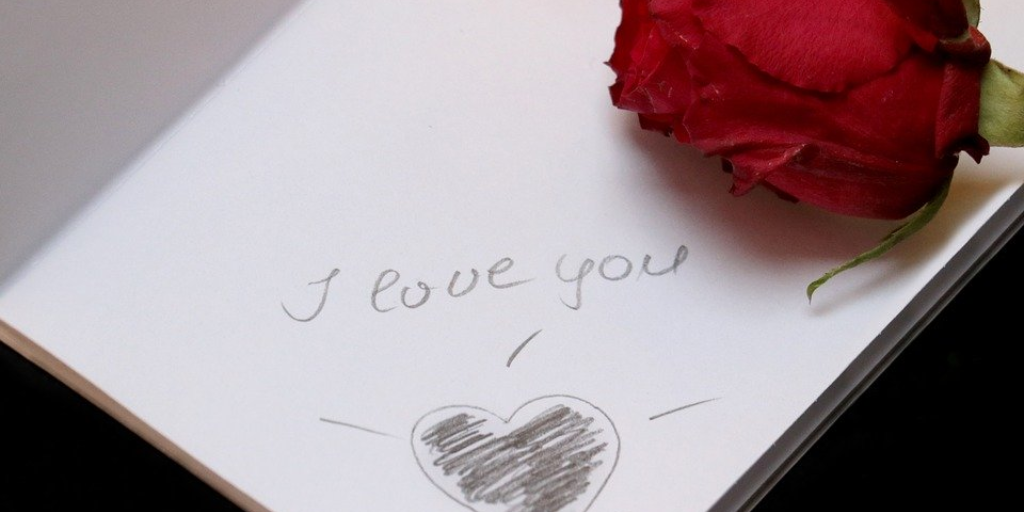Sunday Classics
by Jeric Llanes
**This week’s Sunday Classics contains spoilers!!**
For me personally, The Godfather (1972) is one of the few movies I could re-watch over and over again, even on consecutive days if I had to. Every aspect of this film is nothing short of incredible. The genius directing and writing from both Francis Ford Coppola and Mario Puzo crafted the legendary story we’ve all come to love, but I think the cinematography of Gordon Willis also makes the film a beauty to watch. And of course, who could ignore the masterful acting performances of its all-star cast whose names are ingrained in Hollywood lore (Brando. Pacino. Caan. Keaton).
Winner of the Academy Award for Best Picture in 1973, The Godfather is essentially a story about family, framed within the narrative of a gangster/crime drama. An aged Don Vito Corleone (Marlon Brando), also known as the “Godfather”, is caught in the middle of changing times. Organized crime has begun to shift its way of doing business, and it’s clear that the Corleone family is being targeted by their rivals in the other mafia families. An all-out war filled with betrayal, revenge and murder ensues, and the Corleone’s scramble to find a true successor that will protect their interests and power, and ultimately the family itself.
There are so many ways to interpret the Godfather story, and I’m sure by now the film has been talked about and analyzed by many critics and audiences over the last 40+ years since its release. Though, for this review I want to talk about the transitioning of power between the different “Dons” of the film. Throughout its near three-hour runtime, a trio of characters assume control within the Corleone family at separate times, and how they “pulled the strings” determined the direction and fate the family headed. At the start of the film Vito is the head of the Corleone’s, but over time his responsibilities as the Godfather fall on the laps of his two sons; Sonny (James Caan) and Michael (Al Pacino). (Sorry Fredo, but you’ll get a bigger part in the second film!)

The Godfather Vito Corleone (Marlon Brando) with his son Sonny (James Caan) in the background. Notice the minimal lighting in this shot. (Photo taken from IMDB)
Three different Dons, each with their own strong personalities that encapsulate their roles as the leader in the family. When we first meet Vito in the opening scene, he’s taking in requests from his daughter’s wedding guests in a dark room secluded from the rest of the house. For the majority of these kinds of scenes our view of the old Godfather is obscured. Even with scenes that take place in the day, lighting is minimal, which casts a shadow over the character’s face. This is certainly a staple technique of Willis’s cinematography throughout the film, but this also gives off a sense of mysteriousness to Vito. We know very little about the old Corleone at this point in the film, and that’s because he chooses to keep certain aspects of his business and personal life close to his chest. He even goes so far to tell his sons “Never tell anyone outside the family what you’re thinking.” Though, at a certain point Vito chooses to keep too much tohimself, which in turn makes him less accepting to change. This becomes an issue when he refuses to adapt his business along with the current time, and it’s here where we see his flaw.

When Sonny is in charge, the room isn’t quite as dark. Keep in mind this is the same room where the Corleone’s always discuss their business. (Photo taken from IMDB)
His first son Sonny, is almost the complete opposite. When Vito is temporarily taken out of commission, Sonny assumes command as head of the family during the crime wars among the mob families in New York. Hotheaded and quick to react when deals and opportunities present themselves, Sonny is never kept in the shadows in the way his father is on screen. In fact, when Sonny is in charge and the focus of the scene, the backgrounds are fairly lit in both the rooms and on his face. Going back to the use of the shadows to create a sense of mystery with Vito, Sonny lacks any of the nuance that made his father a great mob boss. The constant use of light suggests that he’s readable and easy to figure out. It’s easy to see through Sonny’s plans in the same way it’s easy to spot him on screen. The film really picks up on the action when he’s at the helm, as the interim Don will not hesitate to flex his guns and get his own hands dirty in an attempt to gain back control and power in New York. But therein lies this character’s flaw, as his overzealousness leads him to some trouble in the second half of the film.

When Michael (Al Pacino) finally assumes power at the end of the film, the use of lighting returns to its minimal state. The shadow on his Michael’s face makes him look quite menacing.
It’s because of this turmoil that Vito’s youngest son Michael has to step up into the family business. Marlon Brando might have the lead role of this film as the original Godfather, but Al Pacino’s Michael Corleone is definitely the protagonist whose journey we follow. Michael’s transformation from honored war hero to ruthless mob boss is such a compelling arc to follow, especially when considering he was the most reluctant to accept any position in his family’s business. When we first see Michael on the screen, he comes out in the daylight in his military uniform, as if he were the one shining knight amongst his family that deals in the shadows. Early on he renounces his family’s ties to the mob lifestyle, but over time he becomes more prominent in their affairs. Michael’s personality is a practical blend of his father Vito and his brother Sonny. By the time he assumes control, it’s clear that Michael holds the same ruthless desire to take out his enemies, just as Sonny did, but he goes about it in a more calculated way, pulling the strings from behind the scenes like his father would. And by now I’m sure you could see this coming, but Michael is often portrayed on screen with the same kind of lighting (or rather, lack thereof) that Vito had when he was the Don, which brings the transition of power back to full circle. Michael becomes the proper Godfather by retaining his family’s most stunning qualities, but also by being receptive to adapt and move along with the times.
Though, is Michael’s style of leadership flawless? Not necessarily. But his arc is completed further down the line in The Godfather Part II (1974), where even more complications arise for the Corleone family… (Yes, this is definitely a To be continued, folks!)
Where to Watch this Film: The Godfather (1972) is available for rent or purchase on Amazon video, YouTube, Google Play, Vudu, Netflix DVD, and iTunes.








Picking up the story three years after the ending of The Godfather, The Godfather Part II continues the saga of Michael Corleone (Al Pacino) as he looks to bring his family’s reputation…
Read More →